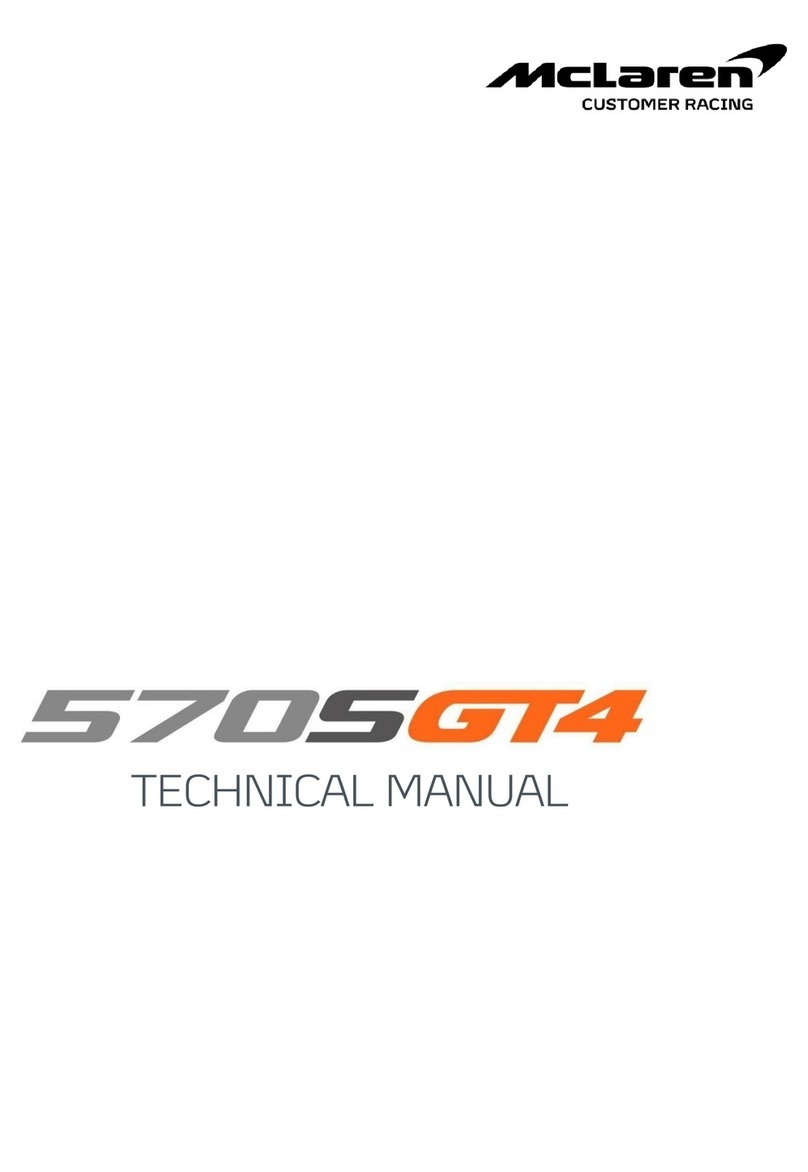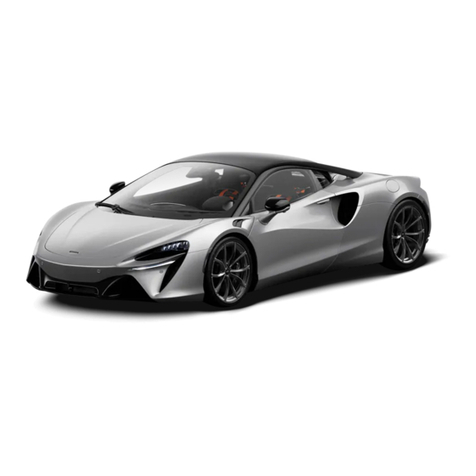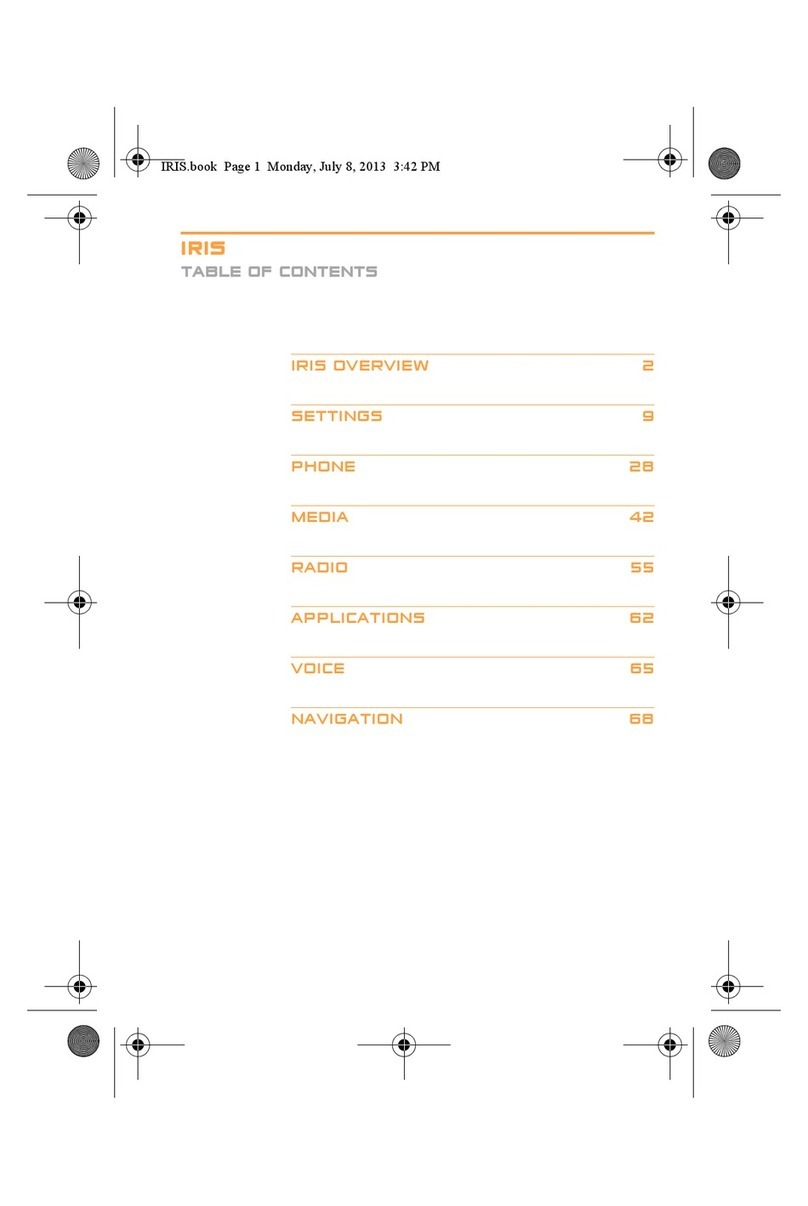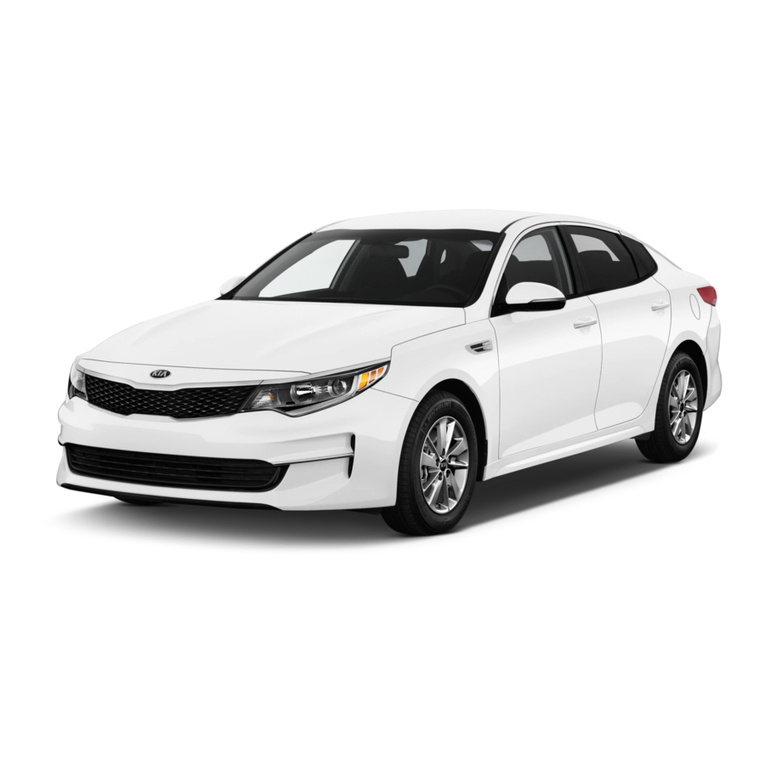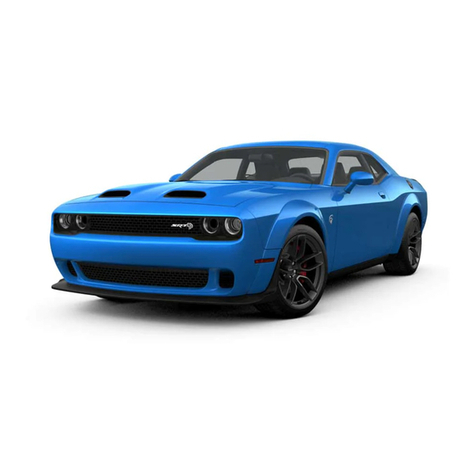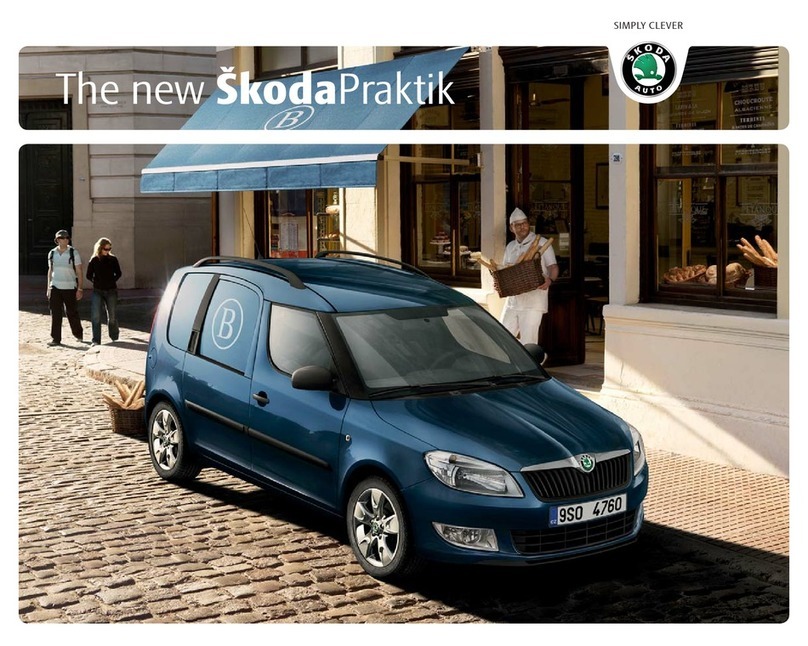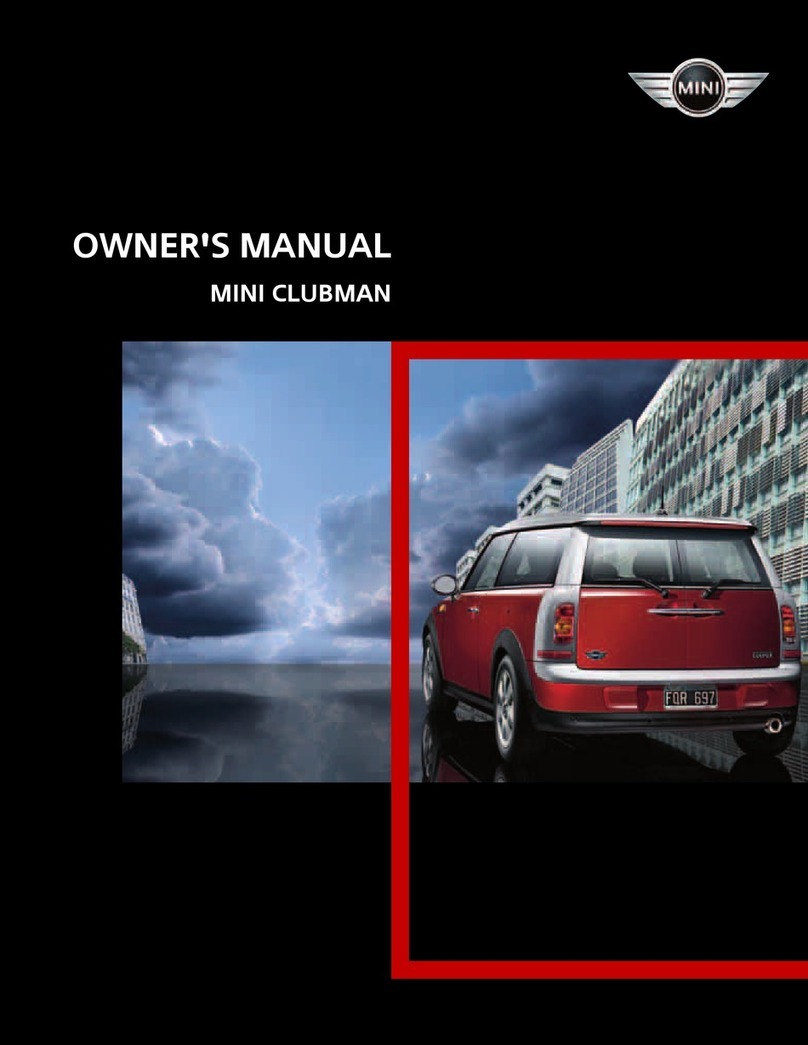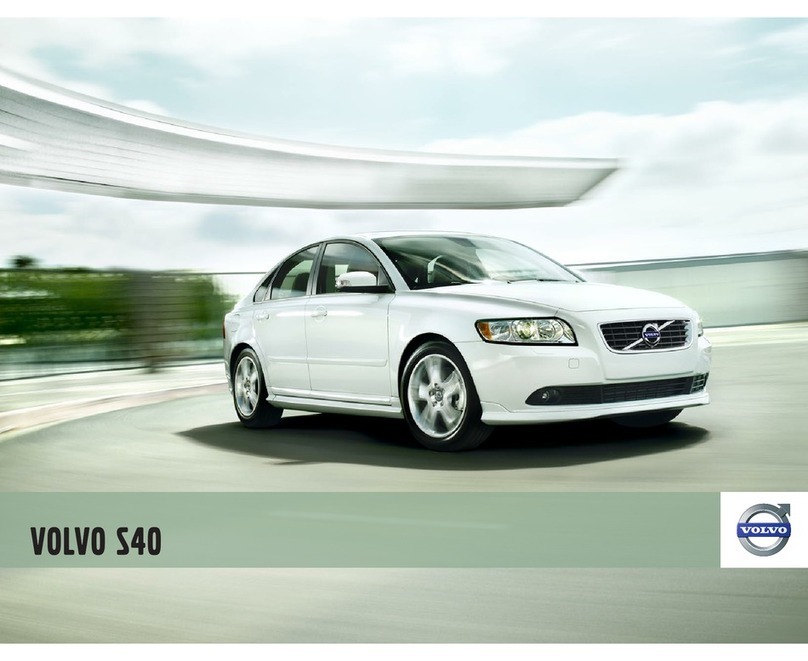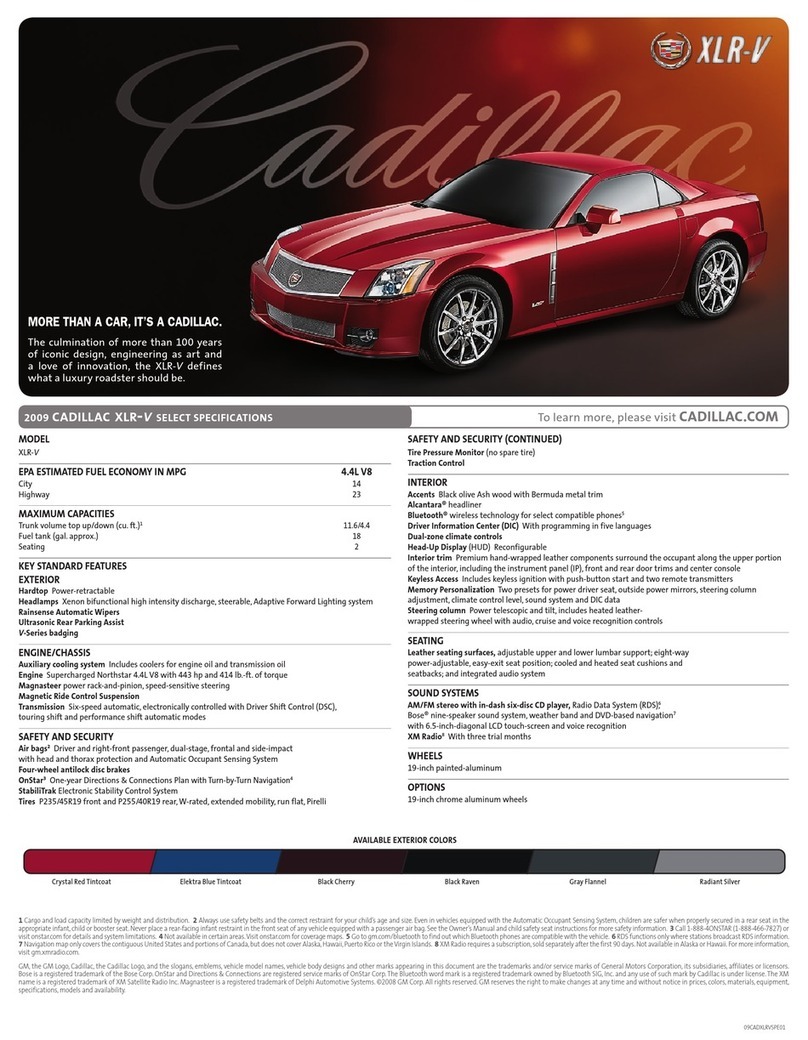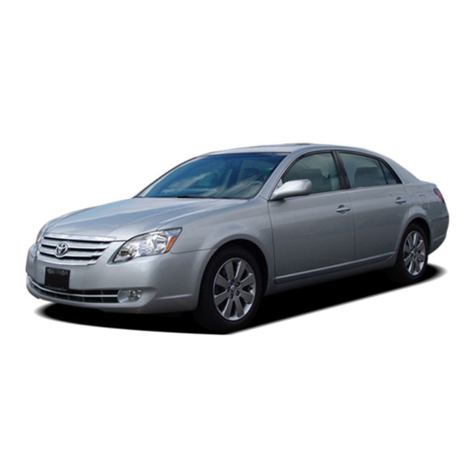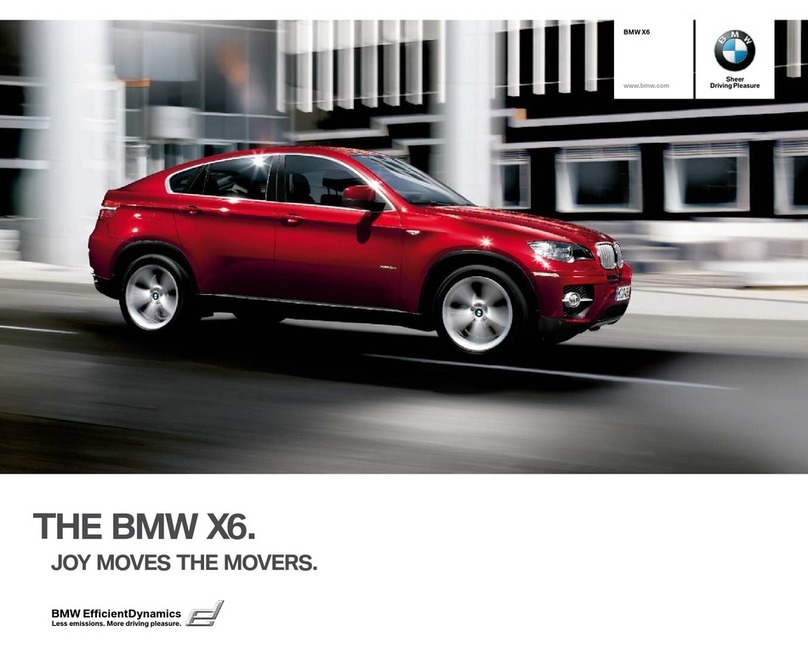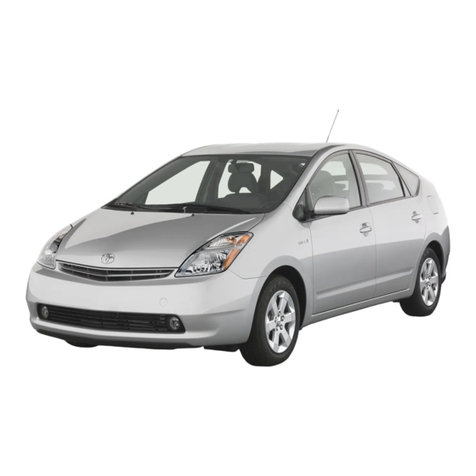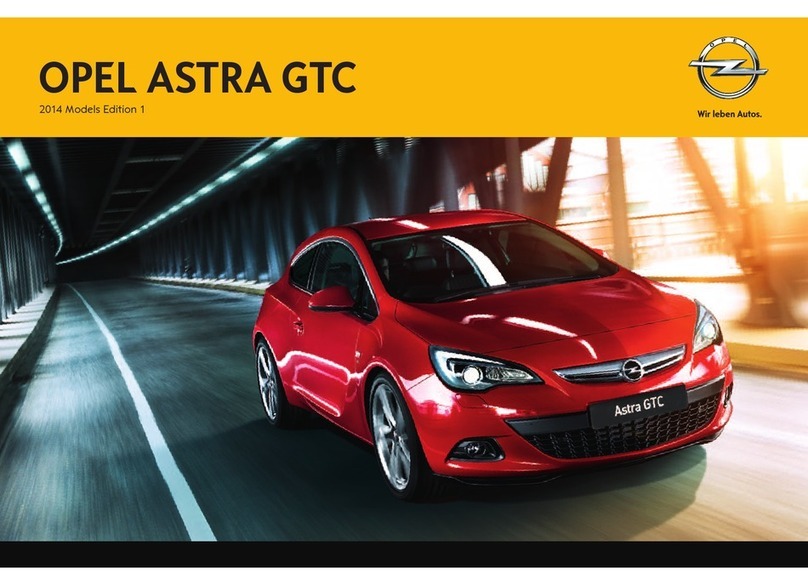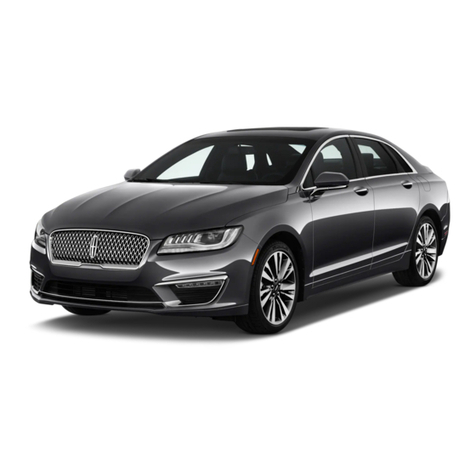McLaren SUPER SERIES User guide

Super Series
Owner's Handbook
p14.book Page 1 Tuesday, October 24, 2017 11:15 AM

Assistance
Assistance
Retailer Network
McLaren Ascot +44 203 151 0030
McLaren Birmingham +44 121 457 6609
McLaren Bristol +44 770 287 8669
McLaren Brussels +32 470 595 959
McLaren Dusseldorf +49 211 9446 1762
McLaren Frankfurt +49 694 269 4060
McLaren Geneva +41 799 191 212
McLaren Glasgow +44 7721 129 948
McLaren Hamburg +49 405 910 0100
McLaren London +44 203 151 0030
McLaren Lugano +41 763 632 623
McLaren Manchester +44 742 562 4301
McLaren Milan +39 333 715 3076
McLaren Monaco +33 640 629 132
McLaren Munich +49 894 4455 1144
McLaren Paris +33 612 172 600
McLaren Stockholm +46 40 437 000
In the unlikely event that you are unable to obtain assistance using
the appropriate number(s) listed, you can call the appropriate
European assistance number:
The McLaren Assistance number in the UK is Freephone: 0800 975
8285.
The McLaren Assistance number in Europe is Freephone: 00800
4886 4887.
NOTE: If you have problems contacting us on the Freephone
number while in Europe please call on: +33 472 172 519.
Please be aware that standard charges for this call will apply.
For further information on contacting McLaren retailers, please refer
to your Service and Warranty Guide.
McLaren Stuttgart +49 703 1309 4670
McLaren Utrecht +31 302 212 121
McLaren Vienna +43 664 807 413 223
McLaren Zurich +41 432 114 448
McLaren Client Services +44 148 326 1500
(UK business hours)
client.services@mclaren.com
p14.book Page 2 Tuesday, October 24, 2017 11:15 AM

Contents
1.1 Before You Drive
2.1 Driving Controls
3.1 Instruments
4.1 Central Display
5.1 Comfort and Convenience
6.1 Maintaining Your McLaren
7.1 Vehicle Data and Glossary
p14.book Page 1 Tuesday, October 24, 2017 11:15 AM

Introduction
2
Introduction
Introduction
Please read this information to familiarise
yourself with your McLaren and its features
before you drive. This provides the
necessary information for you to get the
optimum benefit and enjoyment from your
McLaren.
This publication describes all options and
features available for the McLaren Super
Series. Certain descriptions, including those
for display and menu functions, may not
apply to your vehicle due to model variant,
country specifications, optional equipment
or the fitment of McLaren approved
accessories.
NOTE: The images shown in this
publication may not exactly reflect
your unique vehicle.
The documents supplied with your McLaren
are an integral part of the vehicle. Ensure
that you pass them onto the new owner if
you sell the vehicle.
The information is divided into specific
sections, to assist in finding the particular
information you require:
Before You Drive
Details the settings you need to make in the
cockpit to ensure you are fully prepared and
have safe and easy access to all controls
before driving.
Driving Controls
This section contains detailed information
regarding the equipment and driving
controls fitted to your McLaren and how to
use those controls to best effect during a
journey.
Instruments
This section contains information on the
Driver Display, including information on how
to operate features of the McLaren
Infotainment System (MIS).
Central Display
This section contains information on the
McLaren Infotainment System (MIS),
including information on how to view and
change vehicle settings.
Comfort and Convenience
Contains information on those systems and
features which make the cockpit a pleasant
environment in which to spend time.
Maintaining your McLaren
Information on maintaining your McLaren is
located here. Also included is advice on using
your McLaren in winter weather and if you
choose to drive your vehicle abroad, what to
do if something should go wrong and how to
manage any possible problems which arise
as a result. Information on fuses, lights and
what to do if you experience a puncture.
Vehicle Data and Glossary
Refer to this section when you need
information regarding the fluid
specifications and quantities that are
required for the various systems on your
McLaren, or when you need to know a
specific piece of data relating to your
McLaren or its performance.
The technical glossary contains a brief
explanation of some of the more complex
systems fitted to your McLaren. Your
McLaren retailer will be able to assist should
you need more information.
Index
The table of contents and the index will help
you find information quickly, when you need
it.
p14.book Page 2 Tuesday, October 24, 2017 11:15 AM

Introduction
3
Information about this document
McLaren is constantly updating its vehicles
to meet and exceed the latest technologies.
McLaren therefore reserves the right to
introduce changes in design, equipment and
technical features at any time.
© McLaren Automotive Limited.
This publication must not be reproduced,
translated or reprinted, in whole or in part,
without written permission from McLaren
Automotive Limited.
The equipment fitted to your McLaren may
vary from the images shown depending on
vehicle and market specification. Your
McLaren may vary from the images shown
depending on vehicle and market
specification.
All information, illustrations and
specifications in our applications are based
on data available and are correct at the time
of issue. The availability of options may vary
from market to market due to local
restrictions and regulations. Some
illustrations in these applications may not
necessarily reflect the specifications or
options available in your local market and
may show optional equipment.
The specifications contained in these
applications are for information purposes
only and McLaren Automotive reserves the
right to change product specifications at any
time without notice or incurring obligation.
For full specification details and information
on standard and optional equipment, please
consult your McLaren retailer.
This vehicle may be covered by patents. See
cars.mclaren.com/patents.
Printed in United Kingdom, 14QA248CP.
Electronic user manual
If your vehicle is fitted with an electronic
user manual, the Owner’s Handbook is
available on the Central Display.
To access the manual, select User manual
from the McLaren Infotainment System
(MIS) Home screen.
p14.book Page 3 Tuesday, October 24, 2017 11:15 AM

Introduction
4
Select the required language, then select a
topic from the contents page.
The home icon appears at the top and
bottom of each page. Selecting the
home button will return you to the main
contents page.
The icons can be used to navigate
to the previous or next topic as
required.
Select 'Related Topics' to quickly access the
other information within the current section.
The icon can be used like a web browser
back button, to go back to the previous view.
Select the icon to return to the main
contents page.
Symbols
You will find the following symbols in this
Owner’s Handbook. These symbols are
intended to give you an instant visual
message on what type of information is
being displayed.
Warnings
A warning draws your attention to
activities that could cause injury or
death.
Notes
Notes draw your attention to activities
that contain possible risks to your
McLaren, provide advice that you may
find useful, or give additional
information regarding a particular
subject.
Environmental notes
Environmental notes give you tips on
minimising the impact that you and
your vehicle have on the environment.
p14.book Page 4 Tuesday, October 24, 2017 11:15 AM

Introduction
5
Operating safety
WARNING: The electronic systems
fitted to your McLaren interact with
each other. Tampering with these
systems could cause malfunctions
in other interconnected systems.
Such faults could seriously
endanger the operational safety of
your McLaren and your own safety.
Additional work or modifications
made to the vehicle, which have
been carried out incorrectly can also
affect its operating safety.
Vehicle use
Observe the following when using your
McLaren:
•The safety notes throughout this
information
•Road traffic laws and regulations
WARNING: There are various
warning labels attached to your
McLaren. These are intended to
make you and others aware of
various risks. Do not remove any
warning labels from the vehicle.
If you remove these warning labels,
you or others may not then be aware
of dangers, which may result in an
injury.
Ground clearance
WARNING: Damage to the underside
of the vehicle may occur when
approaching steep inclines or
declines.
Drive with care when:
•approaching kerbs.
•approaching steep inclines.
•departing steep declines.
•driving on rough roads.
•driving in areas where traffic calming
measures have been deployed.
•driving in any other environment where
sudden change of road surface height
or elevation are encountered such as
car parks.
See Vehicle dimensions, page 7.5.
Track driving
To achieve optimum performance and
reliability, it is important to ensure the
following preconditions are met before
attempting to drive your vehicle on a track:
•Engine oil is at normal operating
temperature
•Engine oil level shows 3, 4, 5 or 6 green
segments, see Checking the engine oil,
page 6.2
•Engine coolant is at normal operating
temperature
•Tyres should not exceed the safe
operating temperatures
NOTE: Before you use your vehicle on a
track, consult your McLaren retailer.
McLaren recommend that your vehicle
is inspected before and after track
use.
NOTE: Always drive within your limits
and the limits of the vehicle.
Cooling down
McLaren recommend that you take time to
cool the vehicle down during track driving,
due to the high temperatures that may be
generated by the brakes and transmission
which could affect performance. Time
p14.book Page 5 Tuesday, October 24, 2017 11:15 AM

Introduction
6
should be taken to drive the vehicle at a
slower speed without using hard braking or
carrying out excessive gear changes, this
uses the airflow to cool the vehicle.
McLaren recommend that time is allowed for
your vehicle to return to normal operating
temperatures before leaving the track.
NOTE: When stopping the vehicle
directly after performance driving,
McLaren recommend that the ignition
is not immediately switched off or
parking brake applied. McLaren
recommend that the engine is left to
idle prior to the ignition being
switched off.
NOTE: Please refer to your Service and
Warranty Guide for track and
competition use implications.
Stored data
There are a number of components in your
vehicle which collect data and store it
temporarily or permanently. This technical
data provides information relating to areas
such as the condition of the vehicle, any
events which have taken place and any
malfunctions your vehicle may be
experiencing or has experienced in the past.
These include, for example:
•operating conditions of system
components, e.g. fluid levels.
•the vehicle’s status messages and
those of its individual components, e.g.
‘Windscreen washer fluid low’.
•malfunctions and defects in important
system components, e.g. ‘Light switch
fault’.
•vehicle reactions and operating
conditions in special driving situations,
e.g. air bag deployment.
•ambient conditions, e.g. outside
temperature.
This data is of an exclusively technical
nature and can be used to:
•assist in recognising and rectifying
faults and defects.
•analyse vehicle functions, e.g. after an
accident.
•optimise vehicle functions.
The data cannot be used to trace the
vehicle’s movements.
When your vehicle is serviced, technical
information can be read from the vehicle
including:
•repair service history.
•warranty events.
•quality assurance.
This information can be read by employees
of the service network (including
manufacturers) using special diagnostic
testers. More detailed information can be
obtained from it, if required.
After a fault has been rectified, the
information is deleted from the fault
memory or is continually overwritten.
When operating the vehicle, situations may
occur where technical data, in connection
with other information, could be traced to a
person.
Examples include:
p14.book Page 6 Tuesday, October 24, 2017 11:15 AM

Introduction
7
•accident reports.
•damage to the vehicle.
•witness statements.
McLaren will not access your behaviour
related information about a crash event or
share it with others except:
•with the consent of you or, if the
vehicle is leased, of the lessee.
•in response to an official request of
police or similar government office.
•as part of the manufacturer’s defence
in case of legal proceedings.
•as required by law.
In addition, McLaren may use the collected
or received diagnostic data:
•for McLaren research needs.
•to make it available for research needs
where appropriate confidentiality is
maintained and need is shown.
•to share summary data which is not tied
to a specific vehicle with other
organisations for research purposes.
p14.book Page 7 Tuesday, October 24, 2017 11:15 AM

p14.book Page 8 Tuesday, October 24, 2017 11:15 AM

1.1
Before You Drive
Opening and Closing............................................................... 1.2
General........................................................................................................... 1.2
Opening a door ........................................................................................... 1.4
Locking a door............................................................................................. 1.4
Mislock............................................................................................................ 1.5
Individual settings..................................................................................... 1.6
Locking and unlocking from inside .................................................... 1.6
Opening a door from inside................................................................... 1.7
Closing a door.............................................................................................. 1.7
Automatic locking ..................................................................................... 1.8
Service cover ............................................................................................... 1.8
Front luggage compartment................................................................ 1.9
Anti-Theft System.................................................................. 1.11
Alarm system .............................................................................................. 1.11
Immobiliser................................................................................................... 1.11
Tow-away protection ............................................................................. 1.12
Interior motion sensor ............................................................................ 1.12
Seats......................................................................................... 1.14
Safety............................................................................................................. 1.14
Manual seats ............................................................................................... 1.14
Race seats .................................................................................................... 1.15
Electric seats ............................................................................................... 1.16
Steering Wheel and Steering Column .................................. 1.20
Manual steering wheel adjustment .................................................. 1.20
Electric steering wheel adjustment .................................................. 1.20
Horn ................................................................................................................ 1.22
Occupant Safety ..................................................................... 1.23
Seat belts...................................................................................................... 1.23
Supplementary restraint system (SRS)........................................... 1.25
Child passengers ....................................................................................... 1.29
Mirrors ...................................................................................... 1.31
Safety............................................................................................................. 1.31
Interior mirror ............................................................................................. 1.31
Exterior mirrors .......................................................................................... 1.31
Lighting .................................................................................... 1.33
Exterior lighting ......................................................................................... 1.33
Light switch ................................................................................................. 1.33
Main beam headlamps ............................................................................ 1.34
Headlamps ................................................................................................... 1.35
Daytime running lamps........................................................................... 1.35
Rear fog lamp.............................................................................................. 1.36
Direction indicators .................................................................................. 1.36
Hazard warning lamps ............................................................................ 1.37
Parking lights .............................................................................................. 1.38
Washers and Wipers................................................................ 1.39
Windscreen wipers................................................................................... 1.39
Nose Lift ................................................................................... 1.41
Nose lift ......................................................................................................... 1.41
p14.book Page 1 Tuesday, October 24, 2017 11:15 AM

Before You Drive
Opening and Closing
1.2
Before You DriveOpening and Closing
General
The vehicle can be unlocked or locked either
by using the keyless entry feature, or by
pressing the appropriate button on the key
fob.
The keyless entry feature requires the key
fob to be within 1.2 m (3 ft 11 in) of the
sensors.
Provided that the engine is not running, the
vehicle can be locked irrespective of the
electrical status, see Vehicle electrical
status, page 2.2.
Keyless entry
Keyless entry allows the user to unlock and
disarm the vehicle by simply opening the
door when the key fob is within 1.2m (3 ft 11
in) of the sensors. The key fob needs only to
be on the user’s person or in a non-metallic
container such as a bag. It does not need to
be exposed or handled.
Four sensors detect where the key fob is
around the vehicle.
1. In vehicle sensor
2. Right-hand door sensor
3. Cup holder sensor
4. Left-hand door sensor
Key fob entry
Your McLaren includes two remote control
key fobs. The key fob allows you to remotely
lock and unlock the vehicle.
NOTE: To prevent theft, only use the
key fob in the immediate vicinity of the
vehicle.
The key fob locks and unlocks the following:
•The doors
•The luggage compartment
•The fuel filler flap
•The centre console stowage
compartment
To unlock the vehicle, using the key fob,
press the unlock button. The front, rear and
side direction indicators (market specific)
flash twice and the anti-theft alarm system
will be deactivated.
The unlock button operation changes
depending whether the Driver's door or
Both doors is selected in the vehicle
settings, see Door unlock, page 4.18.
p14.book Page 2 Tuesday, October 24, 2017 11:15 AM

Before You Drive
Opening and Closing
1.3
WARNING: The key fob allows the
engine to be started and is also used
to activate other features on the
vehicle.
Take the key fob with you, every
time you leave the vehicle.
NOTE: Do not expose the key fob to
high levels of electromagnetic
radiation. Doing so may cause it to
function incorrectly. For example close
proximity to laptops, tablets, personal
media players, or mobile phones. Stowing the key fob
For security, it is recommended that the key
fob stays on your person when you are in the
vehicle. If, however, you wish to stow the key
fob within the vehicle, ensure that it is not
left in plain view.
NOTE: If the message ‘Key not found
within vehicle’ appears on the Driver
Display, reposition the key fob until it
is detected.
NOTE: Do not stow the key fob in the
centre console stowage compartment,
in the cup holders, in the stowage nets
between the seats, in the door
stowage compartments, or on the
shelf immediately behind the seats as
the system may not detect its
presence and the engine will not start.
Discharged battery
If you experience a fully discharged battery,
the vehicle can still be opened using the
mechanical key, see Unlocking - discharged
battery, page 6.23.
Unlock
Button
Outcome
Single Press
If Both doors is selected, a
single press of the button
unlocks both doors.
If Driver's door is selected, a
single press of the button
unlocks the driver’s door. A
second press (after a pause)
unlocks the passenger’s
door.
Double Press
If Both doors is selected, a
double press of the button
unlocks both doors and
unlatches the driver’s door.
If Driver's door is selected, a
double press of the button
will unlock and unlatch the
driver’s door only.
Unlock
Button
Outcome
p14.book Page 3 Tuesday, October 24, 2017 11:15 AM

Before You Drive
Opening and Closing
1.4
Opening a door
1. Press the button (1) firmly to unlock
and unlatch the door.
NOTE: The keyless entry feature
requires the key fob to be within 1.2 m
(3 ft 11 in) of the sensors.
WARNING: Always stand to the rear
of the door before opening it, as the
opening action may cause injury.
The speed that the door opens will
be affected by ambient
temperature.
NOTE: Because the door opens
outwards and then upwards, ensure
sufficient side and overhead clearance
before opening a door, see Vehicle
dimensions, page 7.5.
2. If keyless entry is used, the front, rear
and side direction indicators (market
specific) will flash twice, and the anti-
theft alarm system will be deactivated.
3. The door latch will then release, the
mirrors will unfold if folded and the door
will be allowed to be partially raised
before it automatically swings
outwards and upwards.
NOTE: A sustained, long press and hold
on the unlock button will
automatically lower the windows. The
windows will continue to lower until
the unlock button is released or the
windows reach a predetermined level.
See Hot Evac, page 5.6.
NOTE: If the vehicle is unlocked using
the key fob but the doors or luggage
compartment are not opened, the
vehicle will relock after 30 seconds.
Locking a door
1. Close the door. See Closing a door,
page 1.7.
2. To lock the vehicle using the key fob,
press the lock button. The front, rear
and side direction indicators (market
specific) flash in a rapid, circular
sequence around the vehicle. The anti-
theft alarm system is activated.
p14.book Page 4 Tuesday, October 24, 2017 11:15 AM

Before You Drive
Opening and Closing
1.5
3. If using the keyless entry feature, press
the touch sensitive switch (1) located
within the side duct.
NOTE: The keyless entry feature
requires the key fob to be within 1.2 m
(3 ft 11 in) of the sensors.
NOTE: The lock switch will recognise a
single press.
NOTE: The lock switch is touch
activated. There is no mechanical
travel or audible feedback when
pressed.
NOTE: A sustained, long press and hold
on the lock switch will automatically
raise the window(s). The window(s)
will continue to raise until fully closed.
4. The direction indicators flash to
indicate that the anti-theft alarm
system is activated.
Mislock
If either the doors or the luggage
compartment lid are left open, or the key fob
is still inside the vehicle, the horn will sound
indicating mislock when an attempt to lock
the vehicle is made.
Check that all doors and the luggage
compartment lid are closed, then relock the
vehicle.
NOTE: The vehicle can be
locked/alarmed with the luggage
compartment open. A long tone
sounds to alert you to this condition,
and differs to the short tone sounded
p14.book Page 5 Tuesday, October 24, 2017 11:15 AM

Before You Drive
Opening and Closing
1.6
for door open/key fob in vehicle
mislock. The luggage compartment
will become alarmed as soon as the
luggage compartment lid is closed.
This allows you to connect a McLaren
supplied battery charger to the
charging point in the luggage
compartment whilst leaving the rest
of the vehicle locked.
Individual settings
If you frequently travel without passengers,
you can change the locking system so that
only the driver’s door is unlocked, see
Automatic door locking, page 4.18.
If only the driver’s door has been configured
to unlock, the passenger’s door can only be
unlocked by either pulling the passenger’s
door internal handle, pressing the unlock
button on the key fob again or by unlocking
the vehicle from the central locking button
located on the dashboard.
Locking and unlocking from inside
1. Press the central locking button to lock
the vehicle, the light in the button will
illuminate to indicate that the vehicle is
locked. A door can be opened from
inside the vehicle.
2. Press the central locking button again
to unlock the vehicle and the light in the
button will be extinguished.
p14.book Page 6 Tuesday, October 24, 2017 11:15 AM

Before You Drive
Opening and Closing
1.7
Opening a door from inside
A door can be opened from inside the vehicle
at any time, even if it has been locked. Open
the doors only if the vehicle is stationary and
road and traffic conditions permit.
NOTE: Because the door opens
outwards and then upwards, ensure
sufficient side and overhead clearance
before opening a door.
Pull door handle upwards, in direction of
arrow, and push the door outwards until the
opening mechanism takes over. The door will
then swing outwards and upwards
automatically.
NOTE: Unlocking the vehicle using the
door handle while the key fob is not
within the vehicle will activate the
anti-theft system and may cause the
alarm to sound.
Closing a door
Push/pull the door downwards and ensure
that it latches securely.
WARNING: Keep hands and other
objects clear of the door edge when
closing. This is particularly
important for vehicles fitted with
soft close latches as the door will
automatically continue to the fully
closed position when the first catch
has engaged. There is no anti-trap
feature preventing the door closing
if an item or body part is trapped
between the door and the door
aperture, serious injury and vehicle
damage may occur.
NOTE: Do not force close the door, the
door aperture or door seals could be
damaged.
p14.book Page 7 Tuesday, October 24, 2017 11:15 AM

Before You Drive
Opening and Closing
1.8
Automatic locking
The doors and the luggage compartment
lock automatically after the vehicle has
driven away.
NOTE: The doors unlock automatically
in an accident if the force of the impact
exceeds a predetermined level.
The automatic locking function is selectable
in the vehicle settings section of the Central
Display, see Automatic door locking,
page 4.18.
If automatic locking is ON, the interior central
locking button will illuminate once the
vehicle locks on drive away.
Service cover
Removal
WARNING: The exhaust tail pipes
can be very hot and there is a risk of
severe burns. Only remove the
service cover from the side of the
vehicle.
WARNING: There is a risk of injury if
the service cover is removed, even
when the engine is not running.
Engine components become very
hot and there is a risk of severe
burns.
The engine ignition system carries a
high voltage. Never touch ignition
system components; ignition coils,
ignition wiring (spark plug
connections).
WARNING: If the engine is stopped
due to the Eco Start-Stop system,
the engine may restart without
warning.
1. Remove the service cover opening tool
from the tool kit. See Luggage
compartment equipment, page 6.8.
2. Insert the service cover opening tool
into each fixing located underneath the
lower corners of the service cover.
Rotate each fixing 90° anti-clockwise
to release both sides of the service
cover.
p14.book Page 8 Tuesday, October 24, 2017 11:15 AM

Before You Drive
Opening and Closing
1.9
3. From the side of the vehicle, grasp the
two rear edges of the service cover and
rotate the service cover upwards
towards the rear windscreen to remove.
See Engine oil, page 6.2
See Coolant, page 6.4
Installation
WARNING: The exhaust tail pipes
can be very hot and there is a risk of
severe burns. Only install the
service cover from the side of the
vehicle.
1. Position service cover centrally on the
back of the vehicle.
2. Apply pressure to the service cover as
shown. Positive clicks will be heard
when the two fixings engage.
3. Insert the service cover opening tool
into each fixing located underneath the
lower corners of the service cover. Push
down and rotate each fixing clockwise
until a positive click of engagement is
heard to latch both sides of the service
cover.
4. Ensure service cover is secure once
closed.
Front luggage compartment
NOTE: The luggage compartment will
only open if the vehicle is stationary
and neutral is selected.
A message will display on the Driver
Display if the luggage compartment is
open when pulling away.
NOTE: When the luggage
compartment is unlatched or open,
gear selection will be inhibited. Press
and hold D or R for 5 seconds to
override this and select a gear if there
is a need to manoeuvre the vehicle.
WARNING: Only manoeuvre the
vehicle at low speed if the luggage
compartment is open or unlatched
as the drivers’ view may become
obscured.
p14.book Page 9 Tuesday, October 24, 2017 11:15 AM

Before You Drive
Opening and Closing
1.10
Opening
Press the luggage release button on the key
fob, the luggage compartment will fully
unlock and open slightly.
Alternatively, press the dashboard button to
fully unlock and slightly open the luggage
compartment.
Lift the front of the luggage compartment
lid, the gas struts will support it in the fully
open position.
Closing
Pull the luggage compartment lid down
firmly and ensure that it is latched securely.
NOTE: Do not leave the key fob in the
luggage compartment, as the vehicle
may lock, and you may be locked out of
the vehicle.
NOTE: If the vehicle had previously
been locked, it will still be locked and
the direction indicators will flash as
the lid closes.
The luggage compartment will become
alarmed as soon as the luggage
compartment lid is closed.
NOTE: The vehicle can be
locked/alarmed with the luggage
compartment open. This will allow you
to charge the battery while leaving
the rest of the vehicle locked. A long
tone sounds to alert you to this.
p14.book Page 10 Tuesday, October 24, 2017 11:15 AM
Other manuals for SUPER SERIES
2
Table of contents
Other McLaren Automobile manuals
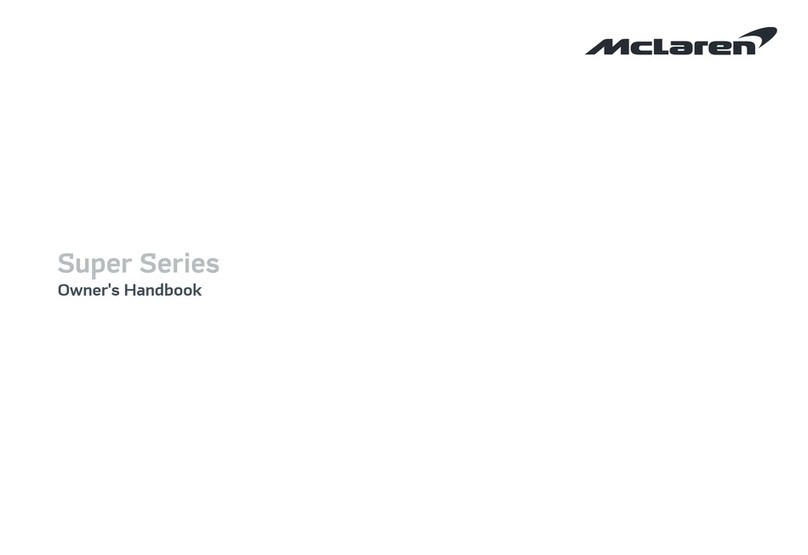
McLaren
McLaren SUPER SERIES User guide

McLaren
McLaren P13 User manual

McLaren
McLaren SUPER SERIES User guide

McLaren
McLaren 750S User guide

McLaren
McLaren SENNA GTR User guide
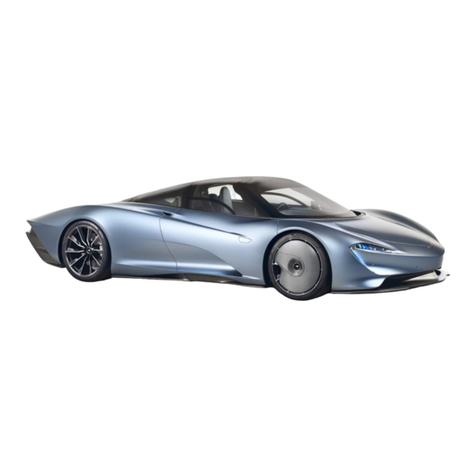
McLaren
McLaren Ultimate Series User guide
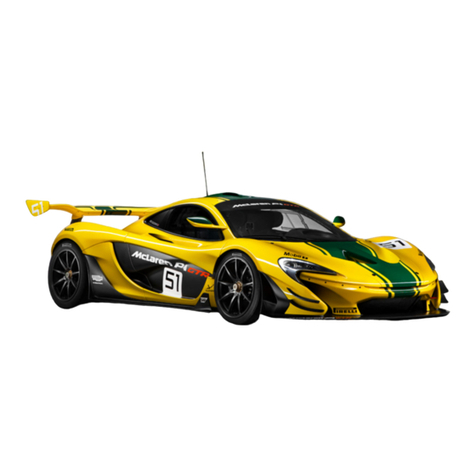
McLaren
McLaren P1 GTR User guide
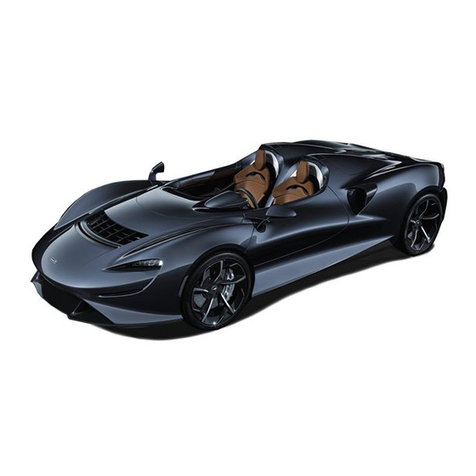
McLaren
McLaren Elva User guide
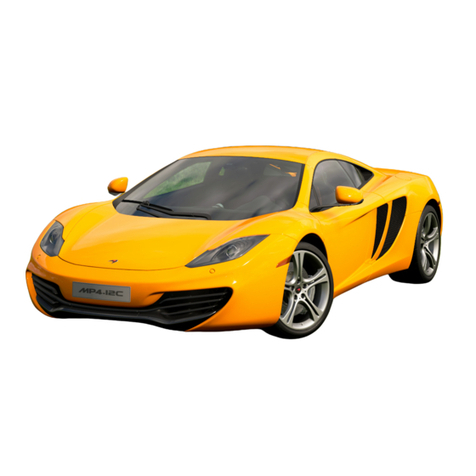
McLaren
McLaren MP4-12C User manual

McLaren
McLaren MP4-12C User manual
